Agility and the home office – are these the ‘new normal’ of Level 2 life? And is it a tilt or a re-levelling of the workplace playing field? Nigel Young explores these themes in a 4 part series.
Part 4: Tilting – or cheating?
When a pinball machine is nudged a little too hard, it reacts with a ‘tilt’ message – the player is using the machine unfairly and the game is being compromised in their favour. Is this an appropriate metaphor – or do we now have a foreign embassy with a loom, sitting on sovereign territory and subject to a host-driven and localised earthquake? That reminds me of Bernard Woolley demonstrating to Prime Minister Jim Hacker the consequences of a minefield in a cemetery. But we digress. In the case of pinball, the tilt is a brief but anticipated aberration. So is the shift towards working from home an aberration based on the immediate circumstances, or has it been anticipated? The well-established trend to co-working spaces is one indicator that the latter is the case, and is where Selby’s agile workforce is being demonstrated. For alongside it is another very interesting – and unanticipated trend – competitors working cheek by jowl, often collaborating or even deferring to the other. This is unexpected, as it is bottom-line stuff – the balance sheet is now being impacted. But in which way? Is this the sort of flexibility and risk alluded to earlier? Does this agility point to opportunities that were previously unrecognised, or at the least, considered unattainable? And is it necessarily negative? Or is this not so much an aberration – our tilt – but a re-levelling, another aspect of the ‘new normal’?
The post-tilt environment
The Level-2 return to work is a return to a world where nothing has changed yet everything has, with familiarity having to be ‘re-familiarised.’ One obvious ‘new-familiar’ is tracking, with apps such as Checkin-19 developed by Digital Stock[2] – a Southland-based technology company – and which uses a QR code generated for the workplace – a new version of the old clock-in card system many of us will remember from days gone by. Such a shift will always have some degree of a big-brother shadow over it, yet in many respects mobile phones, GPS tracking and even such apps as ‘Find My Mac’ heralded this event long before the pandemic.
The forced shift to working from home did not give the opportunity to consider consequences or write policy documents. Indeed there has been a high degree of systems compromise in such areas as data security and confidentiality – an ACC employee working from the master bedroom, for example, was presumably not considered in the establishment of ACC’s H&S and privacy policies. The silver lining on this cloud, however, has been the sort of information that can only be produced by real-world experience, and not ‘coffee and whiteboard’ consultations at prohibitive hourly rates. Such ‘coal-face’ data is invaluable and will undoubtedly form the basis of revised documentation, and perhaps even legislation.
The same shift has introduced new opportunity as well as establishing new habits. The rise in online shopping has brought with it the rise in self-education as products once bought in a physical environment are now bought as a result of reviews, YouTube clips and online forums. The rise in the merge of home and work has changed the nature of ‘going to work,’ with its performance tilt from set hours to productivity and deadlines. Awareness however of the emotional and psychological nature of the physical environment, must take precedence over other considerations. Ultimately we are still a physical workforce, and the quality of the fit-out, for example, cannot be reduced just because we are no longer in a formal office. The impact of our immediate environment cannot be underestimated, rather it becomes a greater consideration when the issues of isolation and ‘solo teams’ are factored in.
Just to add to the mix is the rise in online schooling, with classrooms extending to the lounge and the teachers own office, and the  displays, notice boards and general culture and expectations of a classroom, now removed. Is the onus here on the school or the parent to ensure an optimised home ‘classroom’? Is a laptop or tablet with built-in speakers, microphone and camera, going to be sufficient to ensure both a quality delivery and response between the teacher and the pupils? The fragmented nature of this ‘new normal’ will need to be addressed in a manner in which the degree of seamless interaction in a physical classroom is replicated – or even exceeded – in the new virtual classrooms.
displays, notice boards and general culture and expectations of a classroom, now removed. Is the onus here on the school or the parent to ensure an optimised home ‘classroom’? Is a laptop or tablet with built-in speakers, microphone and camera, going to be sufficient to ensure both a quality delivery and response between the teacher and the pupils? The fragmented nature of this ‘new normal’ will need to be addressed in a manner in which the degree of seamless interaction in a physical classroom is replicated – or even exceeded – in the new virtual classrooms.
One thing is certain – the playing field has been tilted – even at a government level. Is The Who’s classic line ‘meet the new boss, same as the old boss’[3] about to take on a whole new meaning? Has the new boss been manoeuvred by these trends into a new role – that of measuring outcomes, not in terms of hours worked, but by results achieved? Or of collaboration as opposed to the competition being aspects of the ‘new normal’? Is the employee’s contract having to be revised to take in both the costs, the culture and the agility of a virtual environment? The immediate Level-2 conditions will be a honeymoon transition period, with a degree of deference and accommodation ultimately being replaced by ‘bottom line’ realities. Just what will that look like remains to be seen, but what was a tilt is now the new level, and what was the existing relationship between employer, employee, government and even lease owner of the workplace is now being redefined. Power and control has shifted, and that is the new risk that is now a factor of the new reality. And given that risk mitigation is always accompanied by a cost, what will that be, and who will bear it? Make that no. 13 on the list of issues to be considered.
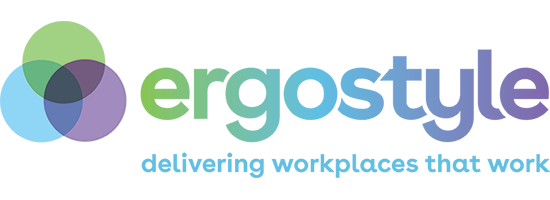
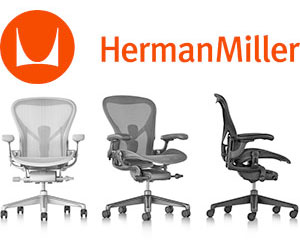



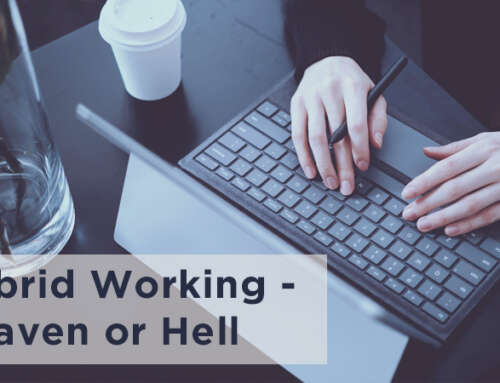
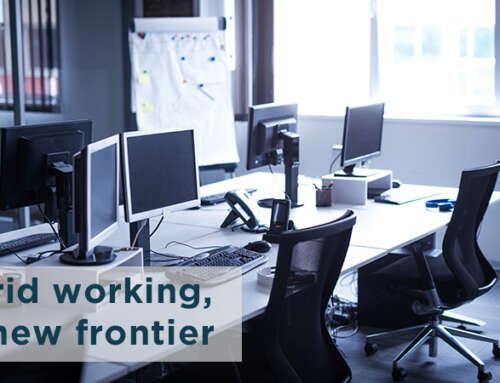
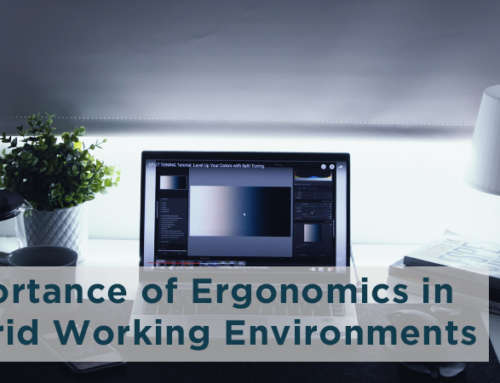
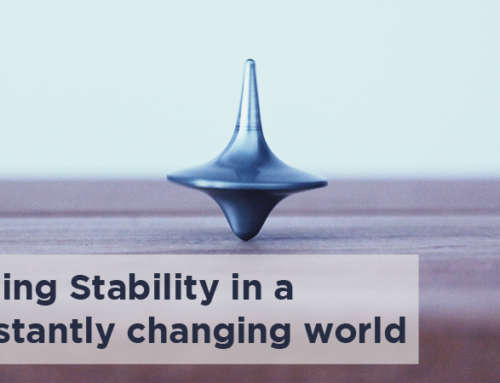
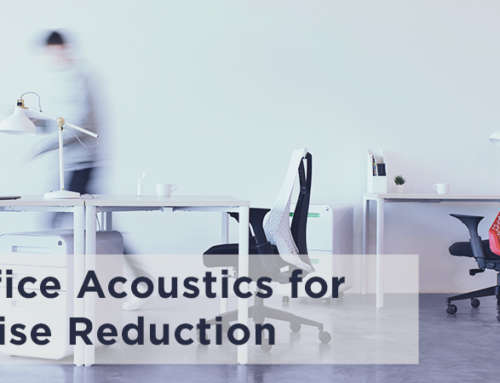
Leave A Comment
You must be logged in to post a comment.